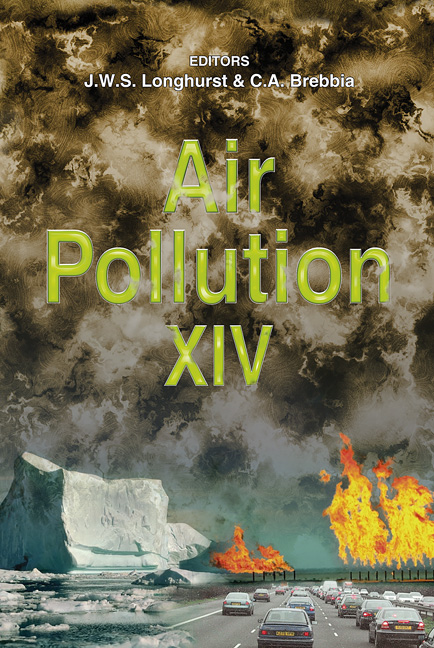Environmental Justice And Air Pollution: Are We Monitoring The Right Pollutants? Case Study In Phoenix, AZ
Price
Free (open access)
Transaction
Volume
86
Pages
9
Published
2006
Size
538 kb
Paper DOI
10.2495/AIR060481
Copyright
WIT Press
Author(s)
S. Babu
Abstract
Past environmental justice (EJ) research concludes that exposure to environmental hazards is greater in minority communities than in majority communities. Most EJ studies that suggest disproportionate environmental hazards exposure in predominantly minority communities are based upon United States Environmental Protection Agency’s Toxic Release Inventory (USEPA TRI) data, which does not take into account multitudes of Small Quantity Generators (SQGs) whose combined capacity for emissions is more than what a TRI facility emits. Furthermore TRI facility emissions are contained and constrained by emission capture devices such as after burners, bag house filters, etc and permit conditions while Small Quantity Generators (SQGs) have no such legal requirements. This study looks into the air contaminants that are being monitored as a part of the regulatory requirement to what is actually being emitted. In the Maricopa County Monitoring District, the air contaminants monitored are typically the National Ambient Air Quality Standards (NAAQS) - criteria pollutants; however what is being emitted by the different entities are a lot more than just the NAAQS criteria pollutants. At the present time what is being monitored is inadequate and incomplete, moreover the myriad of chemicals emitted unfettered has individual and synergistic community-wide health effects that is currently un-monitored and unknown. This research paper is important in two fundamental ways, one, it places emphasis on the problem of environmental justice in the context of society of today. Second, it explores the possibility of setting standards in such a way that an individual community can decide how much contaminant emissions (air) they are willing to accept in terms of chemicals and quantities. Keywords: air pollution, pollution monitoring, air contaminants.
Keywords
air pollution, pollution monitoring, air contaminants.





